BLOG
Categories
Transitioning Out of Adoption Assistance Program Support: Essential Steps and Considerations
Understanding Adoption Assistance Programs
Adoption Assistance Programs play a crucial role in supporting adoptive parents, ensuring that children in need find permanent homes.
These programs provide financial and medical support to families and help address specific needs related to adoption.
Origins of Adoption Assistance
Adoption assistance programs have their roots in the Foster Care System, developed to support families adopting children with special needs.
Aid for Families with Dependent Children-Foster Care (AFDC-FC) originally provided funds to help with costs associated with raising a child.
Over time, policies evolved to better support adoptive parents, creating more favorable conditions for adoption.
The Fostering Connections to Success and Increasing Adoptions Act of 2008 expanded benefits. This was a way to ensure that more children could achieve permanency through adoption.
These changes reflect a longstanding goal—to provide every child with a stable, loving home.
Policy Framework and Regulation
The framework for adoption assistance is regulated by various laws and statutes at both federal and state levels.
The Fostering Connections Act is a significant federal regulation that mandates certain requirements to increase adoption rates and improve outcomes for children.
You'll find this act emphasizes the importance of interstate cooperation, ensuring that adoption procedures remain seamless across state lines.
Each state implements these policies differently, involving both child welfare services and adoption agencies to oversee compliance.
Benefits provided by adoption assistance vary widely, influenced by regulations unique to each state. It's crucial for adoptive parents to become familiar with these policies to maximize the support they can access.
Types of Adoption Assistance
Adoption assistance programs offer a variety of benefits tailored to the unique circumstances of each adoption.
Financial assistance, known as adoption subsidies, is a primary component, helping to ease the economic burden on adoptive families.
These subsidies cover expenses such as medical costs through programs like Medi-Cal for eligible children.
Some programs are designed specifically for out-of-home placements with ongoing support for adoptive parents committed to returning the child to a home environment.
Additionally, adoptive parents might find state-specific programs offering different levels of financial aid, depending on the child’s needs, ensuring that each child's best interests are prioritized.
Eligibility and Benefits of AAP
The Adoption Assistance Program (AAP) provides financial support and services to eligible families who adopt children with special needs. This includes regular payments, access to health care, and other crucial services to aid adoptive families in caring for their children.
Assessing AAP Eligibility
Eligibility for AAP is determined based on several factors. The primary requirement is that the child must have been in foster care and have special needs as outlined by the state.
These needs might include being of a certain age, part of a sibling group adopted together, or having medical or psychological conditions.
Your social worker from the state department of social services will conduct an assessment to see if the child meets these criteria.
Foster children who are likely eligible include those who cannot return to their birth family. Adoptive parents often work closely with their social worker during this process. Meeting the eligibility requirements is crucial for accessing the benefits of the AAP.
Understanding AAP Benefits
Once eligible, AAP provides financial assistance to help cover the costs of raising the adopted child.
This includes monthly adoption assistance payments that support the child's everyday needs such as food and clothing. Adoptive parents may find these payments particularly helpful in managing expenses.
AAP also helps with health care services, allowing your child to access necessary medical and therapeutic services. This is often done through Medi-Cal or another health care program.
You might also qualify for the Federal Adoption Tax Credit, which can further ease the financial burden.
Procedure for AAP Application
Applying for AAP involves several steps that you must follow carefully.
You begin by consulting with your social worker, who will guide you through the necessary paperwork.
This includes proving the child's eligibility and detailing their special needs.
You will likely need to complete forms that include information about your family and the child’s needs.
After submission, the state department of social services reviews your application. If approved, you start receiving AAP payments as agreed.
Throughout the process, staying in close communication with officials ensures no steps are overlooked and can make the application smoother.
Transitioning from AAP Support
Transitioning from Adoption Assistance Program (AAP) support is a critical phase for those who have relied on its resources. Key steps involve planning, understanding the process, and identifying available support services post-transition.
Each stage requires careful consideration to ensure a smooth adjustment to new circumstances.
Pre-Transition Planning and Considerations
Before transitioning from AAP, it is essential to prepare. Start by reviewing your case plan to understand current benefits.
Talk to your case worker about potential changes. Make sure that you have up-to-date health and education information. This documentation can help you access necessary services.
Explore available community services. Many regions offer resources to assist those leaving AAP support.
Include family and support networks in your planning discussions. Consider connecting with a foster care provider if additional support is needed during this time.
Transition Process for AAP Recipients
The transition process often involves reviewing your status with relevant agencies. Nonminor dependents may require updates in their juvenile court or dependency jurisdiction status. This ensures proper continuation or cessation of benefits.
Attend any mandatory meetings organized by social services. Here, you'll discuss specifics of ending AAP payments.
Stay informed about deadlines and obligations. Meet with your social worker to finalize all paperwork related to custody or support changes.
Timely communication with agencies helps avoid interruptions. Keep a checklist of all tasks necessary to smoothly exit AAP support.
Support Services Post-Transition
After leaving AAP, various support services can aid in your adjustment.
Local social services provide continued assistance. Explore programs for educational and financial support, which are often available to former AAP recipients.
Join support groups for individuals in similar situations. These communities offer shared experiences and guidance.
Seek vocational training programs or educational opportunities tailored to your needs.
Many organizations focus on helping those transitioning from foster care or similar systems. Also, keep in contact with any former foster care providers who might offer guidance or resources.
Finally, ask about additional resources during your final meetings with social services. They may suggest helpful contacts or options you haven’t considered.
Special Considerations in AAP

When transitioning out of the Adoption Assistance Program (AAP), several factors require careful thought. Adoptive parents of special needs children, kin-gap caregivers, and those adopting across state lines face unique challenges and opportunities. Understanding these can help secure the best outcomes for both children and families involved.
Adoption of Special Needs Children
Adopting children with special needs often involves additional AAP considerations. Adoption subsidies can provide financial support, covering medical care and other necessities.
These subsidies help families meet the child's ongoing needs.
If you're adopting a special needs child, collaborating with child welfare agencies is crucial.
Agencies can offer guidance on available resources. They can also suggest links to support groups, therapy options, and programs designed for specific disabilities.
AAP plays a vital role in easing the financial strain on families. State funds often assist with medical costs or other special services.
When adopting a special needs child, understanding the specific benefits your state offers under AAP is essential. Families are encouraged to engage in a comprehensive home study to understand the child's needs fully.
Kin-Gap Caregiver Scenarios
Kin-gap caregivers are relatives who take on the primary responsibility for a child, often transitioning from foster care.
Under the California Fostering Connections to Success Act (AB 12), extended benefits are available to kin-gap caregivers, allowing for continued support even after adoption.
If you are a kin-gap caregiver, knowing which foster care services you qualify for is vital.
State programs may provide adoption assistance to cover care-related expenses. This helps bridge any financial gaps in transitioning from foster care.
Caregivers should regularly update their eligibility status with child welfare agencies. This ensures that they receive regular updates about available support and options.
Sometimes, your commitment and legal guardianship can lead to extended financial resources, helping you maintain stability for the child's future.
Adoptions Across State Lines
Adopting a child from another state presents unique challenges.
Transfers between states require close collaboration between local child welfare agencies to ensure the child's needs are well met. Navigating different state laws and policies requires careful coordination.
Adoptive parents should prepare for varying adoption subsidies, which might differ significantly based on state guidelines.
You might need to navigate complex procedures referred to as the Interstate Compact on the Placement of Children (ICPC).
Consider engaging in thorough communication with agencies across states. This ensures a smooth transition and adherence to all regulations. Understanding possible differences and harmonizing them with your current state's policies make for a successful adoption journey.
Post-Adoption Support and Resources

There are several resources available to help you as an adoptive parent after leaving the Adoption Assistance Program. You can access educational opportunities, community and state services, and private or non-profit support networks.
Continuing Education for Adoptive Parents
Adoptive parents can benefit from ongoing education and training.
Foster parent training programs often offer workshops and classes that cover important topics.
These programs can help you understand your child's emotional and developmental needs better.
Attending child welfare training programs can also provide you with valuable insight.
These programs might include information on health, education, and how to navigate complex situations. Staying informed can help you make the best decisions for your family.
Accessing Community and State Resources
Community and state resources can be an important part of post-adoption support.
Programs like Medi-Cal can help you with health-related expenses.
Knowing what community services are available can help you support your child's physical and emotional well-being.
Social workers are available to guide you through accessing these services.
They can connect you with programs that help with schooling, health care, or daily life skills. Having a social worker can be a significant support.
Private and Non-Profit Support Networks
Private adoption agencies and non-profit organizations often provide additional support.
These networks can offer case management services or run monthly support groups for adoptive parents.
Such support networks are vital as they create a space where you can share experiences and receive advice from other parents.
24/7 crisis lines offered by these organizations can provide immediate support.
You can also find financial assistance through
adoption subsidies. Engaging with private and non-profit networks can offer another layer of support beyond what public services provide.
Frequently Asked Questions

Transitioning out of the Adoption Assistance Program involves several key steps and considerations.
Navigating Medicaid eligibility, potential benefit extensions, and understanding state differences are important aspects to consider.
What steps must be taken when an individual ages out of the Adoption Assistance Program?
You need to inform the agency that provided the adoption assistance when your child turns 18.
Make sure any necessary documentation is submitted to show that the child has reached the age limit for benefits.
Is an adopted child still eligible for Medicaid after turning 18?
In many states, adopted children may continue to receive Medicaid beyond 18 if they meet certain criteria.
You should check your state’s specific regulations for extended Medicaid coverage.
Can Adoption Assistance Program benefits be extended beyond the age of 18?
In some cases, benefits may be extended past 18 if the child has a disability or is still in school.
You should contact your adoption agency to explore these options and ensure your child continues to receive support if eligible.
How does receiving Social Security Income (SSI) affect eligibility for adoption subsidies?
Social Security Income may affect the amount of adoption subsidies.
It's important to notify your agency of any SSI benefits so they can adjust the adoption assistance payments accordingly.
Are there differences in Adoption Assistance Programs between states?
Yes, each state has its own guidelines and benefits for adoption assistance.
These differences can include eligibility requirements, benefit amounts, and duration. You should be aware of your state’s specific program rules.
What are the primary uses of funds received from adoption subsidies?
Adoption subsidies can be used for various purposes, such as medical care, education costs, or therapy. You should prioritize these funds to meet the most immediate and essential needs of the adopted child.
RECENT POSTS
Bringing and keeping families together!










